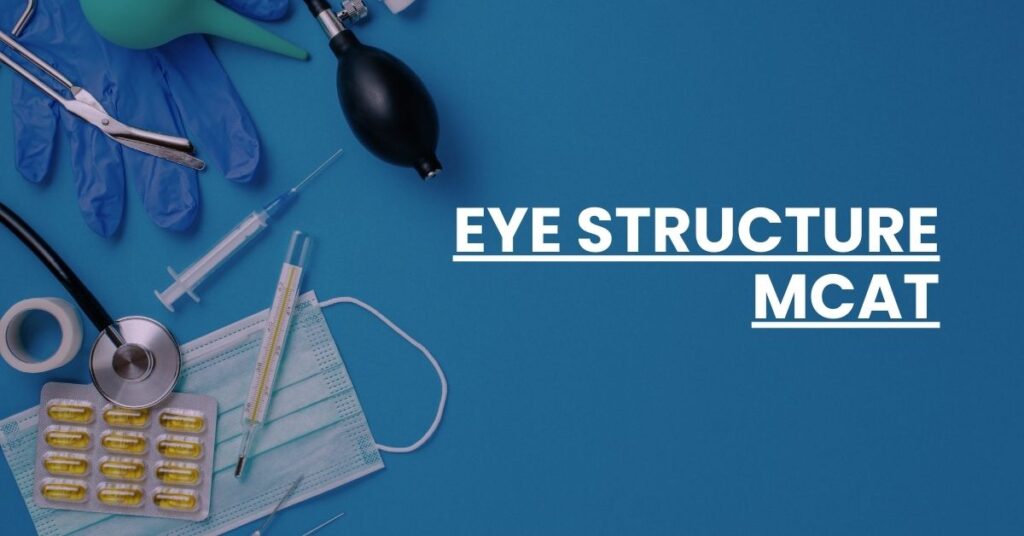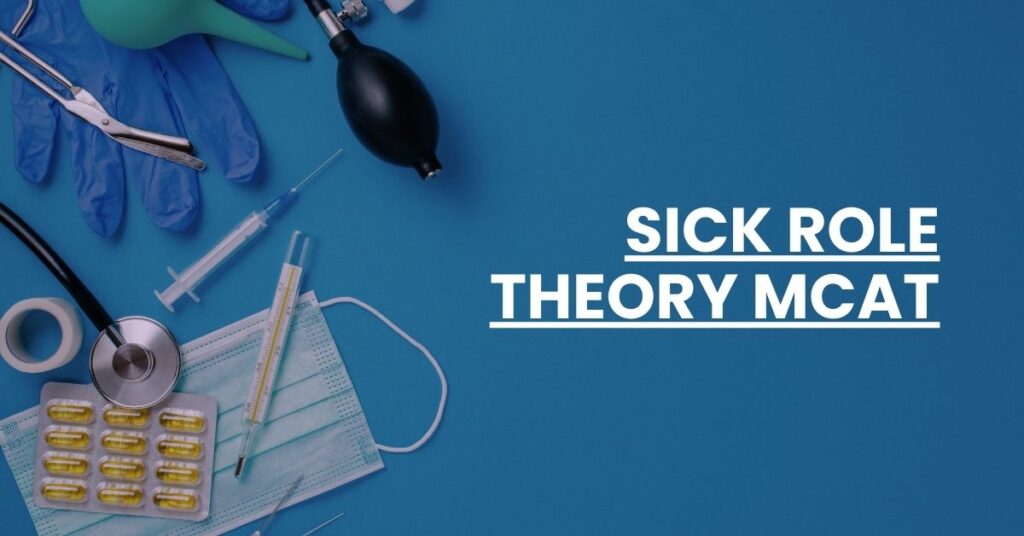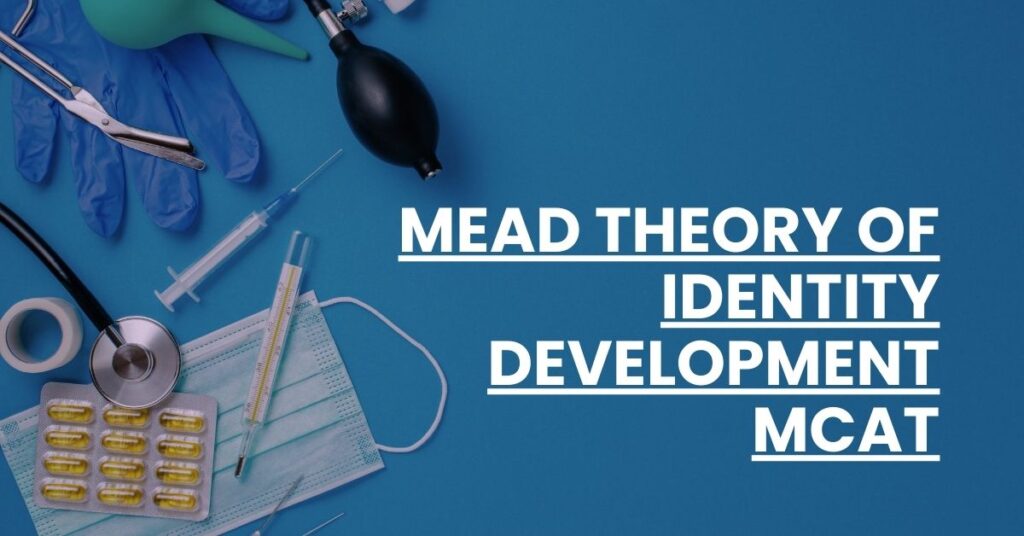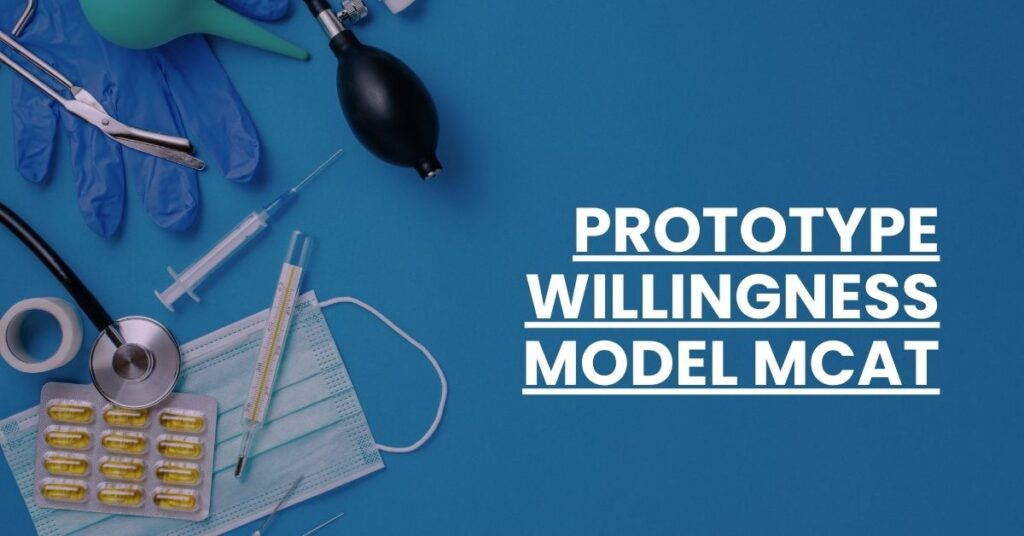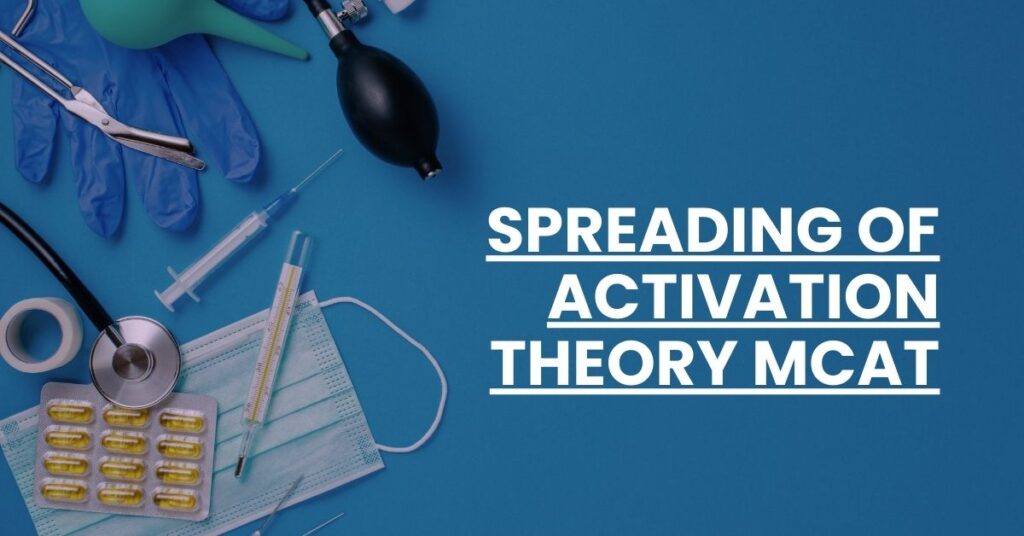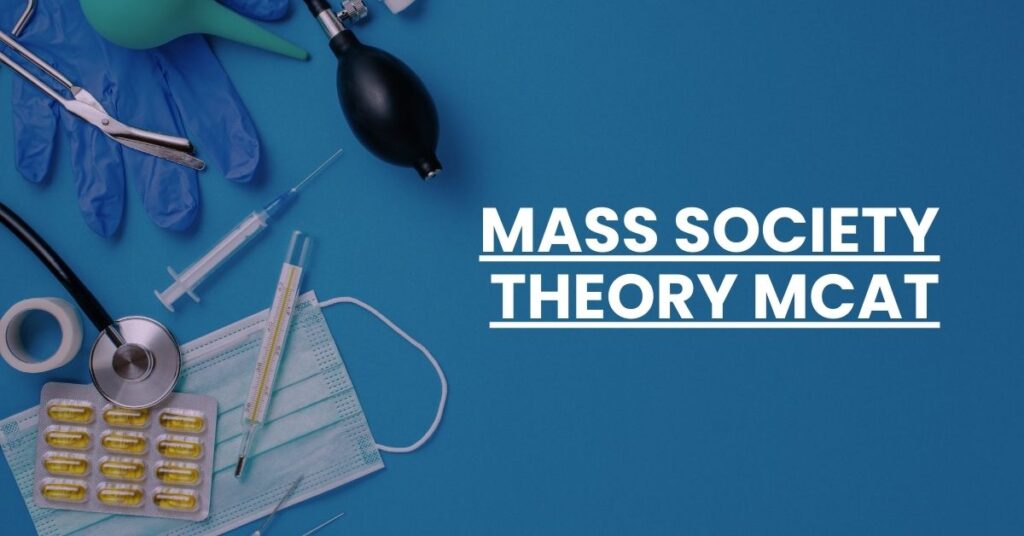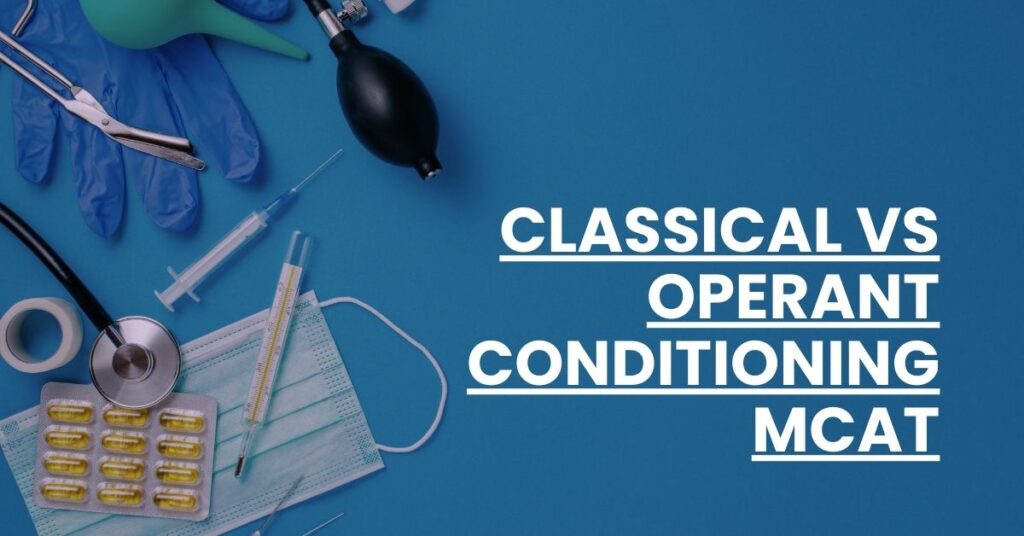10 Essential MCAT Study Tips to Boost Your Score
Ever felt mystified by the MCAT, wondering how to parse through a daunting mountain of study material? Tailored specifically for pre-med heavyweights like you, this article slices through the bulk to present elite MCAT study tips that elevate your prep game. With insights set to sharpen your approach and polish your expertise, we lay out […]
10 Essential MCAT Study Tips to Boost Your Score Read More »

